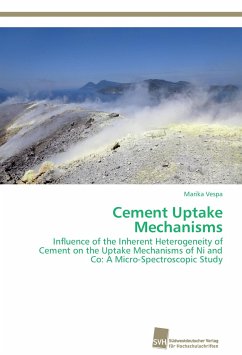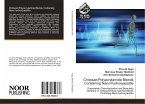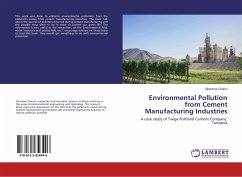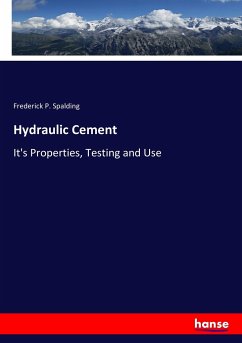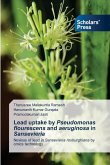Cement-based materials are used worldwide for solidifying and stabilizing hazardous and radioactive wastes in order to prevent or retard the release of contaminants from the waste matrix into the environment. The long-term disposal of cement-stabilized hazardous waste is associated with landfilling of these waste forms, whereas deep geological disposal is foreseen for some categories of cement-stabilized radioactive waste. For the latter waste form, cement is used to condition and stabilize the waste materials and to construct the engineered barrier systems. The uptake mechanism of Ni(II) and Co(II) by hardened cement paste at different reaction conditions were investigated by combining macro- and micro-spectroscopic techniques. The findings from this study indicate that, although Ni(II) and Co(II) are both divalent cations, they react differently during the hydration of cement. Nevertheless, both cations became immobilized in specific minerals phases. These immobilization processes are expected to reduce the mobility of Co and Ni in the cement matrix and, consequently the impact on the environment.
